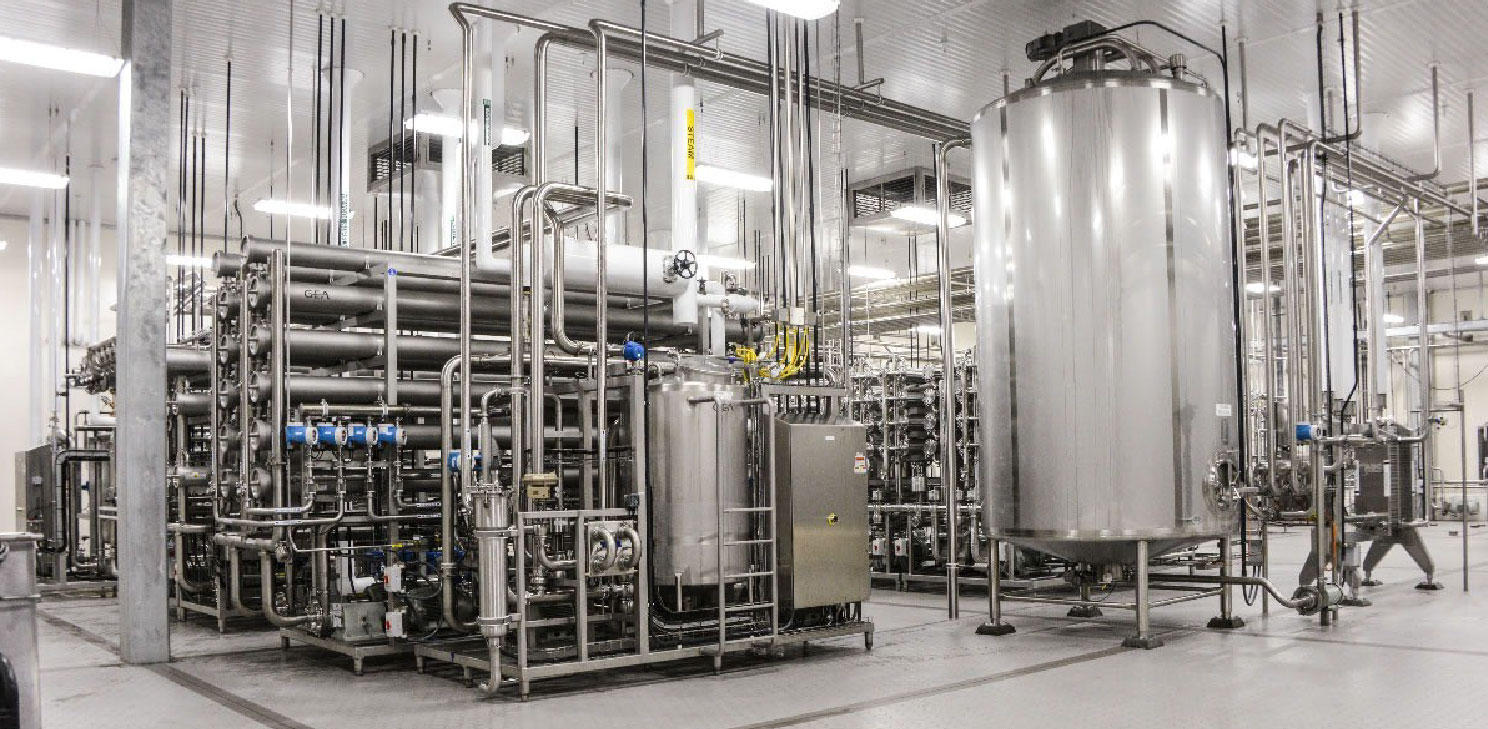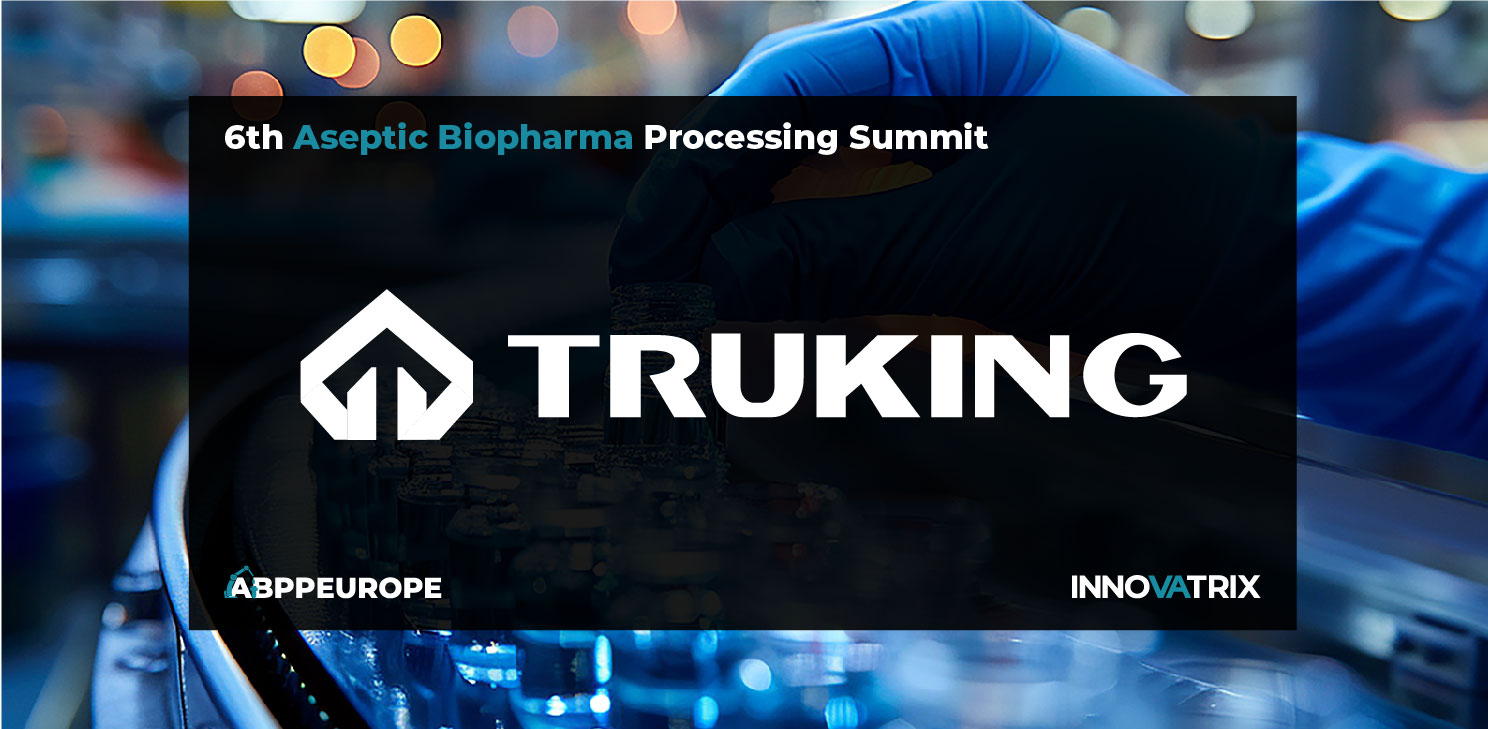Aseptic processing is a resource-intensive endeavour for manufacturers, making the type of equipment to use a crucial decision. Stainless steel systems have been the preferred standard for medical and pharmaceutical equipment, but single-use systems have become more and more mainstream. Which one to choose depends largely on a company’s goals with their manufacturing process and which factors they choose to prioritise.
Batch volume can determine whether a manufacturer selects single-use biopharma equipment or conventional stainless steel based on the type of drug and quantity needed to be produced. Single-use systems offer flexibility due to lacking the need for permanent infrastructure, making them ideal for producing advanced therapy medicinal products that are personalised for users. Stainless steel systems can scale up processes as vessels can be larger than 20,000 litres and be used for years again and again. However, stainless steel systems require cleaning and validation steps in between uses, making the overall manufacturing process less efficient and more time-consuming.
Many pharmaceutical manufacturers prioritise corporate sustainability goals, and it is important to select the right type of processing equipment that aligns best with those goals. When it comes to resource demands during biopharma manufacturing, single-use technologies can reduce water use by as much as 85% compared to a stainless steel plant, primarily because disposables don’t need clean-in-place (CIP) and sterilisation-in-place (SIP) treatment. Cleaning stainless steel manufacturing equipment is the most significant use of water in many pharmaceutical facilities, accounting for 50–70% of all water use. Additionally, disposal of the liquid waste from CIP processes adds to the environmental cost.
Lowering energy consumption is also important for meeting sustainability goals for manufacturers, and the use of single-use systems significantly reduces energy used as resources are not required for distilling water and generating steam for sanitation of stainless steel equipment. However, the disposal of single-use components raises concerns regarding waste generation and potential environmental impacts. Life cycle assessments (LCAs) comparing them have shown that the environmental impact of both systems is highly dependent on manufacturing conditions and disposal practices.
When looking at overall cost as a deciding factor, both types come with advantages and disadvantages. Stainless steel systems have strict sterilisation and maintenance guidelines, in addition to needing a separate space for each unit, while single-use systems allow for more flexibility in cleanroom space requirements and negate the requirement for changing gowns and other processes required by stainless steel. This also makes workflow more efficient, and so there is better resource utilisation and reduced labour costs. However, despite single-use systems having low upfront costs and aiding with keeping spending low for the process overall, their disposable nature means that low upfront costs are paid repeatedly as they are consumed and require safe disposal after every use. Stainless steel systems require substantial upfront investment but could provide more long-term savings because of their well-established durability and can be recycled at the end of their long lives.
For process validation and quality control, a single-use system supplier will have quality and documentation components of their products provided, removing the burden from the end user. For stainless steel systems, the end user is required to control and update their own processes and components. Single-use systems provide advantages in quality, such as supplier-centred change control, no batch-to-batch production contamination, no soil carry-over, and consistent product-contact materials.
In conclusion, the choice between single-use and stainless steel systems in aseptic processing hinges on balancing immediate costs, long-term sustainability, and operational efficiency. Each option offers distinct benefits: single-use systems excel in flexibility and resource conservation, while stainless steel systems provide durability and potential long-term cost savings, making the decision ultimately dependent on a manufacturer’s specific goals and priorities. To discuss aseptic processing and the key issues facing the industry, connect with solution providers and network with delegates,, attend the 6th Aseptic BioPharma Processing Summit, taking place September 22-23, 2026, in Vienna, Austria.
For more information, click here or email us at info@innovatrix.eu for the event agenda. Visit our LinkedIn to stay up to date on our latest speaker announcements and event news.













